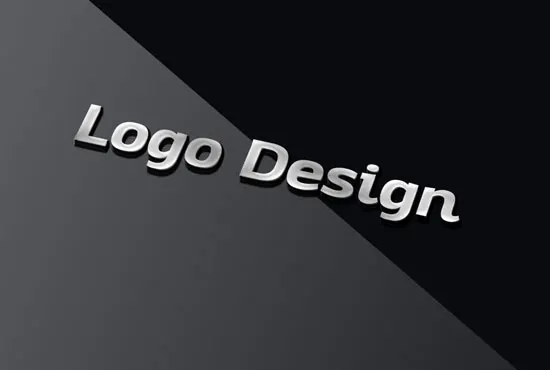We’ll talk about seven mistakes in logo design. The article takes 5 to 6 minutes to read, so you can bring a cup of coffee with you. It’s impossible to comprehend the significance of using a logo. The company’s identity is a graphic interpretation, and this small symbol is so powerful that it can make or break your company’s reputation. If your logo lacks intensity, your time will be consumed by attracting the audience’s attention, regardless of the quality of your services or the originality of your products. When it comes to creating an appealing logo, the best designers make it difficult.
It is essential that your business conveys and differentiates itself from its rivals in light of the power of the Web and the increased number of users. It’s the quickest and easiest way for people to remember and recognize a business by its logo. However, there may be design flaws in the logo. If they do, you won’t buy your business because nobody remembers it. This reaction is frequently connected to online shopping, where your logo and website design must convey professionalism and confidence to customers.
1. Logo Created by an Unprofessional Designer:
Using an amateur designer instead of a professional graphic designer to design your company’s logo is one of the biggest mistakes. Even though they make similar investments in the company’s website or team, business owners rarely invest in a logo.
Benefits of Hiring a Professional Designer:
• The logo will stand out.
• The logo will appear expert.
• The logo will be remembered.
2. Depends on Patterns:
This is the best logo design that can be made without using the most recent design tricks. As a logo originator, your responsibility is to make an interesting personality for your clients, which totally overlooks the plan patterns of the best logo. Graphic design trends that predate swoosh, bevels, and glitters include some examples. Amateur designers also have a favorite cliché design from them. When designing a logo, professional graphic designers ignore current trends.
3. Utilizes Raster Graphics:
A common error in logo design is using raster images. Raster or vector images are used in logo designs. Plots or pixels make up the graphics, and vector graphics have sharp edges. The fact that vector graphics can be scaled to any size or printed digitally without sacrificing quality is one advantage of using professional graphic designers.
Raster images should not be used for logos because they may interfere with playback. Photoshop can make great logos, but it doesn’t know how much it will need to reproduce its logo at any given time. Raster graphics will appear pixelated if you concentrate too much on them, rendering their existence impossible.
4. Create Your Own Logo:
New design methods are constantly being learned by graphic designers. Through their application for a competition website, young designers frequently put what they have learned about a new trend into practice. The end result is a selection of logo designs that don’t meet your needs and cost your business money and time.
This logo design is often obvious from a distance; the typical explanation is the designer’s large son. No, not if you have received a brand-new and fantastic source that you can’t wait to use in design. Inquire as to whether this source is appropriate for the business you are planning. For instance, you do not have a beautiful, cutting-edge typewriter that you adore, but it is not suitable for a serious business like a law office.
5. Designing A Complex Structure:
The design of a logo needs to be easy and effective. The logo’s objective is to demonstrate that your community must comprehend the meaning behind their logo and that its logo is complex.
If your logo has too many colors, a bad printing file, or too many icons, it may appear complicated, and your brand may not be well-informed. Each -based brand—MacDonald’s, Nike, and FedEx—has a straightforward symbol that serves as a reminder of the brand as a whole. So, as a designer, you should try to make your logo as simple as possible so that you can think about your audience.
6. Poor Color Choice:
The most common mistake made by designers is choosing the colors of the logo in an irregular way and making people eager to add more colors. Understanding the psychology behind the creation of a meaningful logo is essential. As a designer, you must choose colors that reflect the brand’s personality and main message. You should choose the cycle and motivation to think behind an alternate variety conspire, in the event that you can’t right the picture of the organization.
It’s a little tricky because some designers can’t wait to color the design. It is preferable to begin your work in black and white because the color choice should be your final choice. The fact that not all logos are printed in color necessitates the creation of a black-and-white version. Since letters, forms, and other documents can be printed in black and white, the logo must first be colorless.
7. Is Overloaded with Fonts:
The utilization of an excessive number of textual styles is to show a total photograph collection of an individual simultaneously. The audience must determine the time because each type of image is unique. It is common practice to use no more than two distinct font weights. The number of fonts used in this logo significantly limits its legibility and increases brand recognition. The confusion appears to be too much at once. If the font styles are in stark contrast, they may convey a message that is in opposition to the brand. Consider well-known businesses like. To convey their brand, they use a single font.
